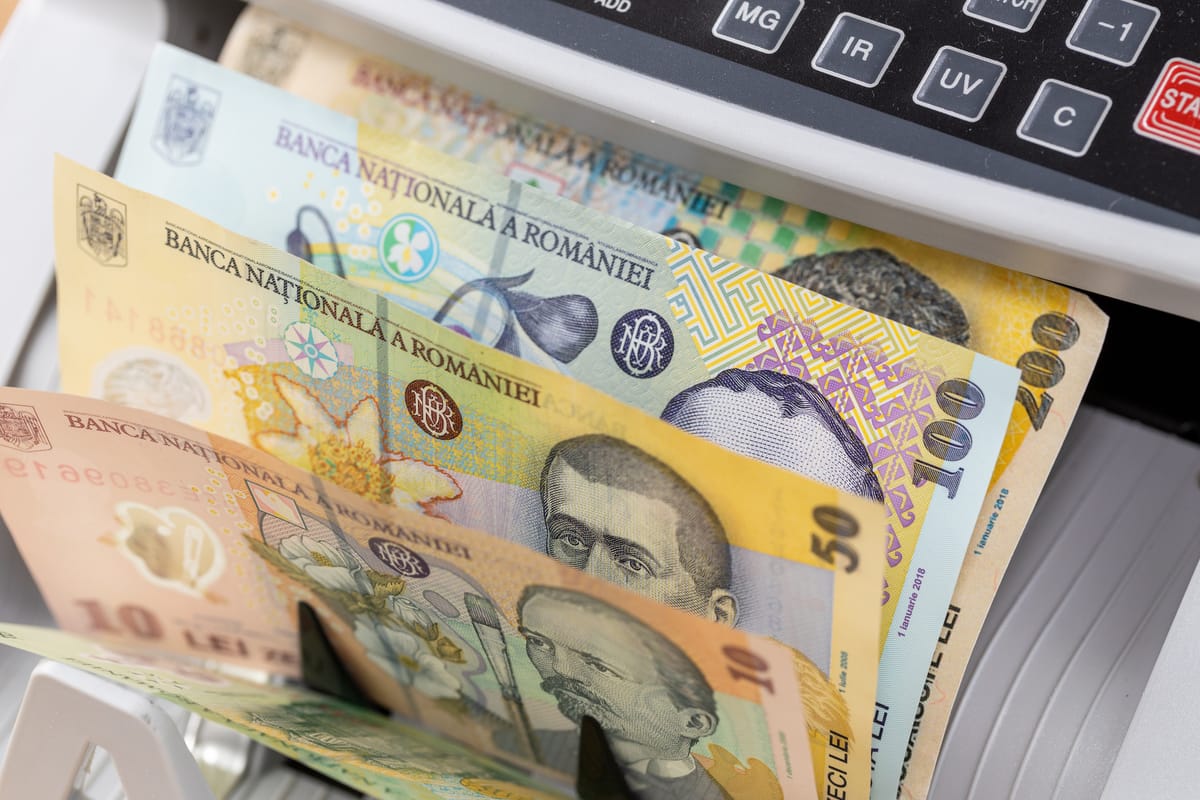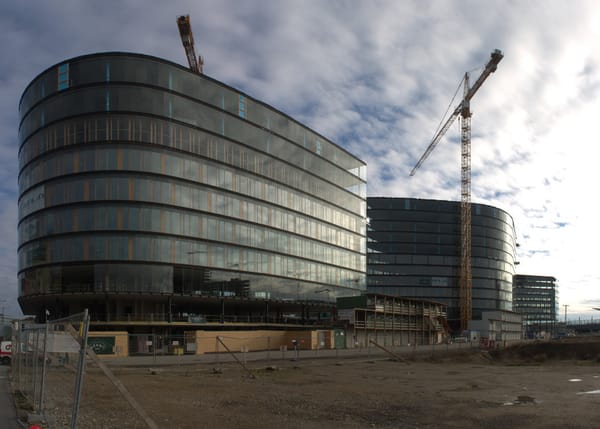
EU forecasts point to weak growth and slow deficit reduction in Romania
The European Commission has issued new economic forecasts for Romania, projecting modest growth and a gradual narrowing of the budget deficit over the next three years.
According to the outlook published on Monday, Romania’s economy is expected to expand by just 0.7% in 2025, down from 0.9% this year. Growth is forecast to pick up slightly to 1.1% in 2026 and reach 2.1% in 2027 as the impact of fiscal tightening begins to ease.
Despite the improvement, Romania is still set to record one of the largest budget deficits in the EU. After reaching an estimated 9.3% of GDP in 2024, the deficit is predicted to fall to 8.4% in 2025, 6.2% in 2026 and 5.9% in 2027 — all well above the EU’s 3% threshold.
Austerity Measures to Weigh on Growth
Brussels attributes the slowdown to a combination of political uncertainty and extensive fiscal consolidation measures introduced from late 2024. The Commission expects private consumption to decline in 2025 as wage and pension freezes take effect and taxes rise. Public spending is also forecast to contract.
The squeeze is likely to continue into 2026, with the Commission warning of a potential dip in private consumption driven by persistent inflation and falling real incomes.
However, investment is expected to offer some support. Private investment is projected to recover gradually, while gross fixed capital formation is set to accelerate in 2026, helped by improved business sentiment and progress on projects funded under the National Recovery and Resilience Plan (PNRR).
Exports are forecast to remain resilient, and a drop in imports — linked to weaker domestic demand — is expected to improve the trade balance.
Inflation Expected to Remain Elevated
After falling to 5.8% in 2024, inflation has begun to climb again. The Commission notes that the removal of household electricity price caps in mid-2025, alongside increases in VAT and excise duties, pushed the Harmonised Index of Consumer Prices (HICP) to 8.6% in September.
Inflation for the full year is expected to average 6.7% before easing below 6% in 2026, supported by subdued consumption and favourable base effects.
Labour Market Begins to Cool
Employment has already started to decline, the Commission says, reflecting the slowdown in economic activity. The unemployment rate is expected to rise above 6% in 2025 before easing to around 5.6% in 2026 and 2027. While sectors such as construction and services continue to attract foreign workers, wage growth is set to weaken significantly.
Risks Remain High
Brussels cautions that Romania’s economic outlook is vulnerable. Any significant deviation from the fiscal consolidation plan could undermine investor confidence and threaten macroeconomic stability. The full implementation of PNRR-funded projects also remains uncertain, while external risks — particularly in global trade — could weigh on exports.
For households, the Commission warns, the coming years are likely to remain challenging, marked by tight budgets, higher prices and weak economic growth.

